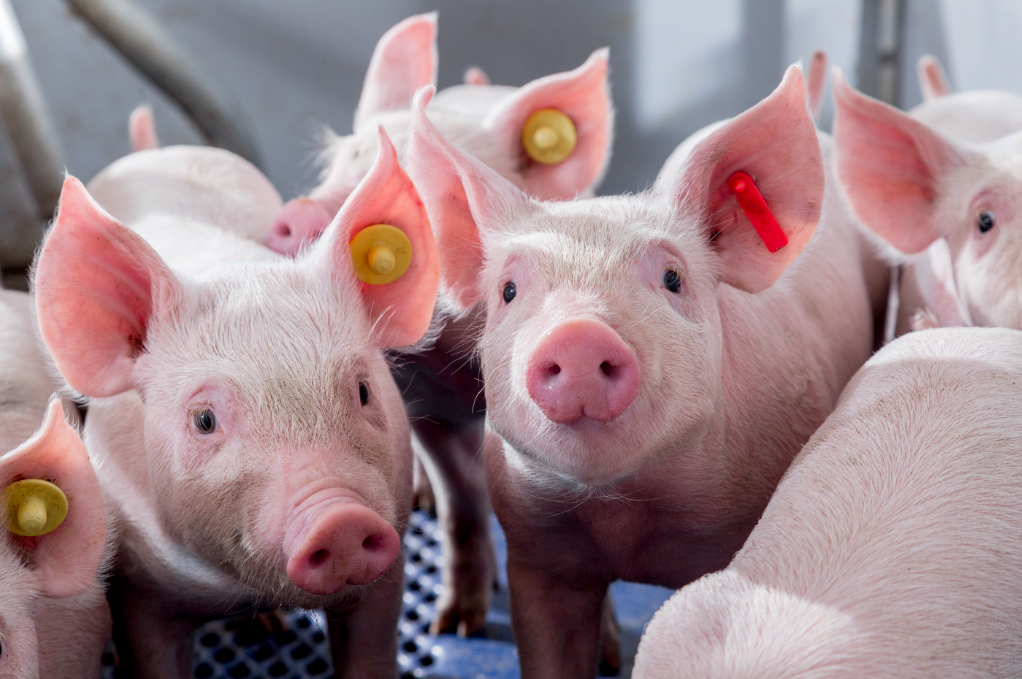



Pig farmers must keep disease prevention as top priority
Pig producers across the UK are being encouraged to look at all aspects of disease prevention to meet new 2024 antibiotic reduction targets set by RUMA (Responsible Use of Medicines in Agriculture Alliance).Gemma Thwaites, a clinical director at Garth Pig Practice, says to date the pig industry has made significant steps forward when it comes to tackling antibiotic use. “According to AHDB, a 5% reduction in antibiotic use has already been seen in the first half of 2020 compared to last year. But, as always, there’s still room for improvement.
“Producers need to look at all aspects of disease prevention, to identify where further improvements can be made in order to reach the further 30% reduction from the 2020 baseline RUMA has set out.”

Biosecurity
Gemma says that biosecurity on pig farms is fundamental to preventing disease outbreaks and needs to be prioritised at all times.
“Generally, external biosecurity has greatly improved across farms, and it’s internal biosecurity where producers still tend to fall down, especially on farrow to finish farms where it’s often the same people managing and vaccinating all the pigs.
“It can be easy to forget to change or disinfect your boots between sheds, change needles when vaccinating, or to pop into a different shed and not follow the farrow to finish order. But it’s important sites do all they can to limit these actions, as this is how disease spreads,” she adds.
“It’s also a challenge if you have weekly batches rather than an all-in all-out system, as you constantly have new pigs and new disease pressures ‘knocking at the door’.”
Diagnostics
Gemma adds that diagnostics are often an underused resource that need to be considered more widely within the sector to help producers take a more targeted approach to disease control and therefore reduce antibiotic use.
“The industry can be guilty of looking into a problem once the mortality hits 10% or daily liveweight gains have dropped significantly, by which time it is often too late. Ideally action needs to be taken as soon as a slight change in performance is seen.
“As an industry, we need to work closer together on diagnostics. Pharmaceutical companies, such as MSD Animal Health UK, are also keen to support vets and farmers with on-farm diagnostics to help identify potentially significant diseases and prevent them taking hold of pig herds.

“Often different viruses present very similar symptoms such as PRRS and flu and without diagnostics it’s hard to be sure of the exact problem on-farm,” says Gemma.
Vaccination
Another key part of disease prevention is having a thorough vaccination protocol in place which includes vaccination technique as well as the type of vaccines being used.
“The IDAL device allows for needle free vaccination to take place.
“While there are a number of benefits to this, such as operator safety, the biggest thing for me, as a vet, is the reduced risk of spreading disease. If you vaccinate one pig that is PRRS positive with a needle and then go and vaccinate another 20 pigs, this will potentially spread the disease,” adds Gemma.
“Huge steps have been made in the pig industry to reduce the need to use antibiotics and implement proactive disease prevention techniques, but there’s more work to be done. I’m confident the target RUMA has set can be achieved if producers work with their vet to review their whole disease prevention protocol in detail, and identify areas where incremental improvements can be made,” she says.







